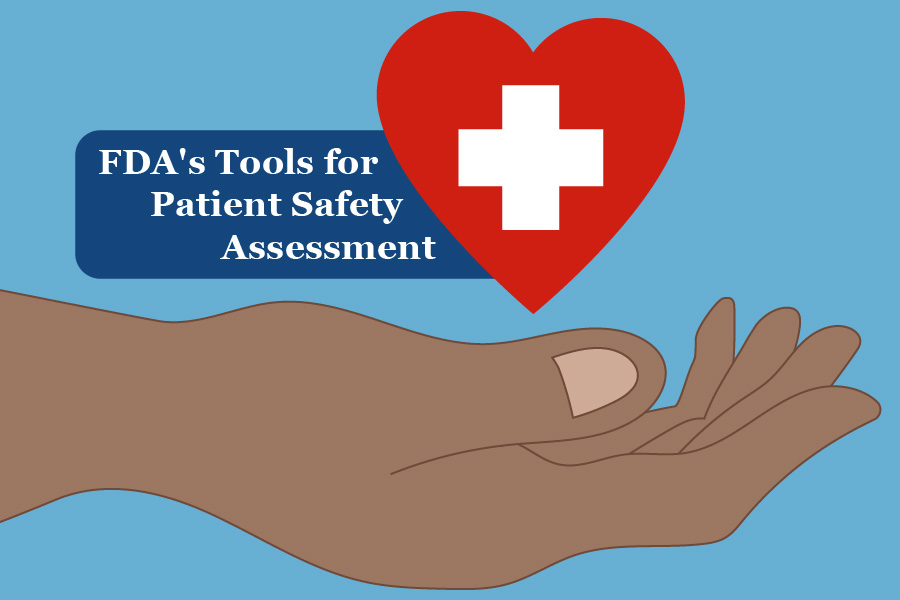Patient Safety must be at the center point of all operations in the health care industry. Whether it is the manufacturer who is responsible for designing and developing the drug or the device, doctors and nurses administering the drug or the device, or the FDA who is responsible for regulating the use of such products on patients.
March 14th-20th, is celebrated as patient safety awareness week to celebrate everyone involved with providing quality care for patients while keeping them safe and free from harm. On the occasion of Patient Safety Awareness Week, let’s take a look at some of the tools available to the FDA to evaluate the patient safety of drugs and devices and how the FDA uses them to improve patient safety.1
The two mechanisms through which the FDA assesses the safety of drugs or devices on patients is
- Pre-market review and approval
- Post-market monitoring
FDA does not develop or routinely test products before granting any type of approval or clearance; however, FDA reviews the results of laboratory, animal, and human clinical tests done by the sponsor companies. Analysis of these test results provides FDA with the assurance that these products are safe for patient’s use.2
Sometimes, there are significant limitations of the pre-market testing performed despite the extensive evaluation of safety and there are residual risks that need to be closely monitored post-market. That is where FDA’s post-market safety monitoring tools are put to use. 2
FDA’s MedWatch program is a platform for reporting serious adverse events and product problems that have an impact on patient safety. FDA uses the data from this source to evaluate any trends, consult with medical practitioners and manufacturers when required, and conduct further epidemiological studies. This allows for evidence-based decision making to improve patient safety.2
In the coming years, there are more tools that the FDA plans on pushing out to protect patient safety such as the expansion of the UDI program, National Evaluation System for Health Technology program, and many more. I am personally looking forward to the expansion and implementation of these programs and to see how it is integrated into the industry.
EMMA International is here to assist you in all of your compliance needs and help you in your path to protect public health. Call us today at +1 248-987-4497 or email us at info@emmainternational.com
1Health.mil (2021) Patient Safety Awareness Week retrieved on 03/14/2021 fromhttps://www.health.mil/Military-Health-Topics/Access-Cost-Quality-and-Safety/Quality-And-Safety-of-Healthcare/Patient-Safety/Calendar-of-Events/Patient-Safety-Awareness-Week-PSAW
2FDA-FDA MedWatch and Patient Safety retrieved on 03/14/2021 from https://www.fda.gov/media/89040/download






